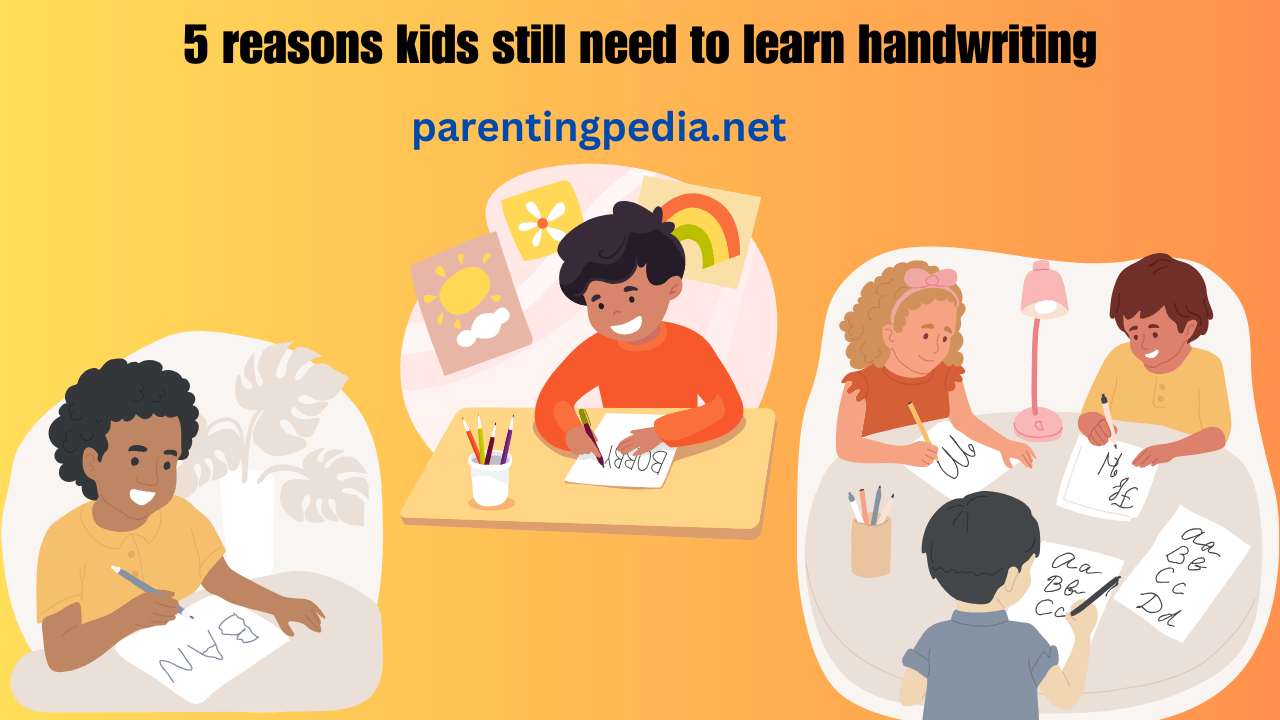You love your kids more than anything, but some days the demands of parenting feel totally overwhelming. When was the last time you had a decent night’s sleep or enjoyed a quiet cup of coffee? If the thought of another temper tantrum, messy room, or endless questions makes you want to run for the hills, you could be experiencing parental burnout. The good news is, you’re not alone. Many parents struggle with feelings of being worn out, unappreciated, and fed up. The even better news is there are signs you can look for and steps you can take to recharge and reconnect with your kids. This article will explore four signs of parental burnout and give you practical tips to start feeling more balanced and less burned out. You’ve got this!
Recognizing the Signs of Parental Burnout
Feeling irritable, anxious, and like you just can’t cope? You may be experiencing parental burnout. Here are some signs to watch for:
•You’re easily frustrated with your kids. The little things that never used to bother you now make you snap.
•You feel like you’re not doing a good job. No matter how hard you try, you feel like you’re constantly failing as a parent.
•You have little interest in your usual activities. The things you used to find fun and rejuvenating now seem like just another chore.
•You’re exhausted all the time. Not just the normal tiredness that comes with parenting, but a bone-deep fatigue that makes it hard to function.
•Your emotional reserves feel depleted. You have little patience, empathy, or ability to connect with your kids emotionally.
•You feel detached from your kids. You go through the motions of parenting but feel disconnected from your children.
•Your health or relationships are suffering. Burnout can take a major toll on both your physical and mental well-being, as well as your relationships.
The good news is there are ways to overcome parental burnout. Make self-care a priority, set boundaries, ask for help, spend quality time with your kids, and consider speaking to a professional counselor. You don’t have to deal with this alone, and taking steps to improve your situation will benefit both you and your children. Recognizing the signs is the first step toward a healthier, happier family.
Common Symptoms of Burnout in Parents
If you feel constantly irritable, exhausted, or like you can never do enough as a parent, you may be experiencing burnout. Here are some common symptoms to watch out for:
Lack of Patience and Emotional Availability
Are you snapping at your kids over small things or feeling detached from them? Burnout can sap your patience and ability to be emotionally present. You may find yourself often feeling frustrated, angry, or just numb.
Difficulty Setting Boundaries
Do you feel like you can never say “no” and end up overextending yourself to meet everyone else’s needs? Having trouble establishing reasonable limits and boundaries is a sign you need to recharge.
Physical Exhaustion
Are you always tired, sleeping poorly, and feeling physically run down? Parental burnout takes a heavy toll on your body and health. If you’re frequently getting sick or suffer from headaches, stomach problems, or other stress-related issues, it’s time to make self-care a priority.
Feeling Inadequate or Like a “Bad” Parent
Do you feel like you’re failing at parenting or could be doing so much better? Parental burnout can fuel feelings of inadequacy, guilt, and self-doubt. The truth is, you’re likely doing far better than you realize – you just need to give yourself more credit and ask for help.
The good news is, there are many ways to cope with and overcome parental burnout. Reach out to your support network, speak to a counselor, and make sure to schedule time for yourself. You deserve it, and your family will benefit from having a happier, healthier you.
The Impact of Parental Burnout on Children
Parental burnout can have serious effects on children and family dynamics. Kids often internalize their parents’ stress and frustration, even if you try to hide it from them.
Behavioral issues
- Burned-out parents may have less patience and be quicker to anger. This can lead to more frequent punishments, yelling, or criticism that damages your connection with your child. Kids may act out or become withdrawn in response.
Emotional impact
- Children are perceptive and pick up on their parents’ emotions. Your exhaustion, irritability, or anxiety can make kids feel insecure, sad, or afraid. Teens may become moody, argumentative, or rebellious when their parents are depleted.
Impaired parenting
- It’s difficult to be an engaged, empathetic parent when you’re running on empty. You may lack energy for quality time, become reactive rather than proactive, or have trouble setting appropriate boundaries. This can negatively impact child development and the parent-child bond.
- The good news is parental burnout is often temporary and reversible. Pay attention to the signs in yourself and your kids. Make self-care a priority so you can be fully present for your children. Consider speaking to a counselor or child development expert. They can offer advice for coping strategies, improving communication, and repairing strained relationships.
Your kids need you at your best. Take a step back and make sure to recharge when you start to feel drained. With awareness and effort, you can overcome parental burnout and build a closer connection with your children.
Seeking Professional Help for Parental Burnout
Sometimes the stresses of parenting can feel overwhelming and unending. If you’re experiencing signs of burnout like exhaustion, irritability, or feeling disconnected from your kids, it may be time to seek professional help. Speaking with a therapist or counselor can help you develop coping strategies, set boundaries, and find your way back to a healthy relationship with your children.
Talk to a therapist
- Speaking with a licensed family counselor or child psychologist is one of the best ways to address parental burnout. A professional can provide guidance for setting healthy limits, self-care strategies, communication techniques, and finding balance in your life as a parent. They can also help determine if your symptoms point to a more serious issue like depression or anxiety, and recommend appropriate treatment.
Consider parenting support groups
- Attending a parenting support group is a great way to connect with others facing similar challenges. Speaking openly about your experiences can help reduce feelings of isolation and provide accountability for making positive changes. Look for groups in your area that focus on topics like self-care for parents, positive discipline, or single parenting. Many parenting centers, hospitals, and places of worship offer free or low-cost support groups.
Practice self-care
- It’s easy for parents to put their own needs last, but practicing self-care is vital to preventing and overcoming burnout. Try exercising, spending time with friends, pursuing hobbies, limiting screen time, and making time for yourself each week. Even taking short breaks when possible can help you recharge and renew your patience and energy. Make self-care a priority – you can’t pour from an empty cup.
- Overcoming parental burnout is challenging, but with professional support and a commitment to self-care, you can build a healthier and happier relationship with your kids. Don’t hesitate to ask for help when you need it – your mental health and your children will benefit.
experiencing parental burnout
- Are you feeling drained, irritable, or resentful towards your kids lately? If so, you may be experiencing parental burnout. Here are some signs to watch for:
Lack of patience
- You find yourself snapping at your kids more often or feeling like you can’t handle the daily challenges of parenting. The little things seem to annoy you and you have little tolerance for misbehavior.
Feeling overwhelmed
- The daily responsibilities of parenting feel like too much. You feel exhausted all the time and like you never have a break. Housework, activities, and chores pile up and you feel buried.
Loss of interest
- You no longer find joy in your normal activities with your kids. Reading stories, playing make-believe, and other quality time don’t bring the same fulfillment. You go through the motions but your heart isn’t in it.
Lack of intimacy with a partner
- Date nights seem impossible to schedule and when you do have alone time, you’re too tired to connect. Your relationship with your significant other becomes strained as parenting stress takes its toll.
The good news is there are ways to combat parental burnout. Make self-care a priority, ask others for help, set limits, and try to reconnect with your partner. Speaking to a counselor or parenting coach can also provide strategies and support. You’re not alone in feeling this way, but the sooner you recognize the signs the sooner you can make changes to become the parent you want to be.
Coping With Parental Burnout: Self-Care Strategies
Parental burnout is no joke. As a parent, it’s so easy to get caught up in the daily grind of activities, chores, and responsibilities that you forget to take care of yourself. But that’s a recipe for burnout, which can damage your relationships with your kids and seriously impact your mental health. The good news is there are strategies you can use to cope with parental burnout and recharge.
Practice self-care
Make sure to schedule time for yourself to rest and recharge. Try exercising, meditating, or pursuing a hobby you enjoy. Even taking a quick walk or reading a book can help you unwind. Staying in good shape will give you the energy you need to parent effectively.
Set boundaries
Don’t feel guilty about saying no. You can’t do it all, so learn to delegate when possible. Set clear rules for technology and screen time in your household. Make sure to also spend one-on-one time with each child and be fully present in those moments.
Connect with others
Talk to other parents, or join an online support group. Let your close friends and family know you’re struggling – they may be able to help out by babysitting or bringing meals. Consider seeing a counselor or therapist. Getting your feelings out in the open can help prevent feelings of isolation and make the challenges of parenting feel more manageable.
Practice self-compassion
Give yourself a break. Every parent struggles at some point, so avoid harsh self-judgment. Speak to yourself with encouragement and praise for the things you do well. Appreciate the small moments of joy in each day. Be gentle with yourself – you’re doing the best you can. With time and conscious effort, you can overcome feelings of burnout and reconnect with your kids. But be patient and remember that you’re in this for the long haul.
Conclusion
It may feel like burnout is inevitable as a parent, but it doesn’t have to be. Recognize the signs, give yourself grace, and make self-care a priority. Talk to others who understand what you’re going through. Seek professional help if needed – your mental health and relationships will thank you for it. You have so much to offer as a parent. Don’t forget that you’re human too. Take a breather when you need it and remember why you chose to have kids in the first place. The challenges are temporary, but the rewards of parenting are lifelong. You’ve got this! Stay strong and keep your head up. There are always better days ahead.
Remember, the greatest reward of parenting lies in watching
your children soar with love and confidence.
Till then keep smiling and be happy 😊
Worth Reading 👇
- Finding Balance Becoming a Screen Smart Family
- Best of the web when you’re teen asks for non-alcoholic beer and more
- Choosing the Best Musical Instrument for Children to Learn
- When Life Sucks: A Conversation with Psychiatrist and Comedian Dr. Jo Prendergast
- Getting kids to talk about their feelings
- The case for banning corporal punishment of kids
- Why meditation should be taught in schools
- how to be a best and fairest sporting parent from nathan burke
- Is your child being bullied, how parents can help?
- Taking care of emotions a guide for parents and their kids
- Getting Involved Parents Making a Difference






